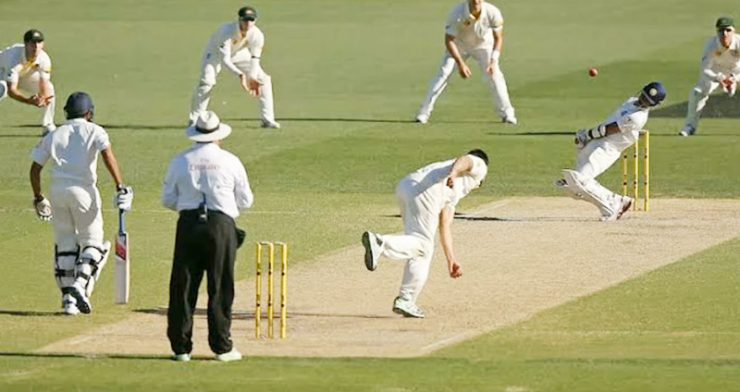How many Over in Test match? Check details
Published on: Jul 20, 2023 12:01 am IST|Updated on: Jul 20, 2023 12:01 am IST

Test cricket, often considered the purest form of the sport, spans five captivating days, with each day aiming to cover a minimum of 90 overs. The inaugural official Test match took place between England and Australia from March 15 to March 19, 1877, at the iconic Melbourne Cricket Ground (MCG) in Australia, where Australia emerged victorious by 45 runs. The rivalry between the two nations led to the establishment of The Ashes, a fiercely competitive cricket competition.
How many Over in Test match? Check details
The Test arena expanded when South Africa became the third team to play Test cricket in 1888-89, followed by West Indies (1928), New Zealand (1930), and India (1932). As of 2018, 12 countries participate in Test matches, with Ireland and Afghanistan being the latest entrants.
In October 2012, the International Cricket Council (ICC) introduced day/night Test matches to bring innovation to the traditional format. Day-night Tests are played under floodlights with a special pink ball to enhance visibility. The first day-night Test occurred in 2015 between Australia and New Zealand at the Adelaide Oval.
A Test match comprises five days and usually involves around 450 overs throughout the game. It consists of four innings, with each team batting and bowling twice. The team batting first strives to set the highest possible score before being dismissed. If they believe they have a sufficient total with regard to the remaining days/overs and the need for a result, they may declare their innings, allowing the opposing team to bat.
Bowlers face limitations, as they are not allowed to bowl two consecutive overs. Fast bowlers often pose a formidable threat on the first day, while spinners excel on dusty pitches, particularly on the last day, when the track slows down considerably.
During the early days of Test cricket, matches spanned three or four days, sometimes including a ‘rest day’ on Sundays. There have also been ‘Timeless Tests’ with no predetermined maximum time. However, the current standard playing time for Test matches is five days.
An over in Test cricket comprises six consecutive legal deliveries bowled by the same bowler. There is no fixed limit to the number of overs that a fielding side must bowl in an innings, which continues until all the opposing batters are dismissed or until the batting side declares. Generally, a bowler cannot bowl more than 20 consecutive overs in an innings, as there is a one-hour limit.
Test cricket follows a standard day format, comprising three sessions, each lasting two hours. Between sessions, there is a break, with lunch lasting a maximum of 40 minutes and tea lasting 20 minutes. However, these timings can be altered under certain circumstances. For instance, if bad weather or a change of innings occurs near a scheduled break, the break may be taken immediately.
In cases where playing time is lost due to adverse weather, the session times can be adjusted to make up for the lost time. Additionally, if the batting side has nine wickets down at the scheduled tea break, the interval may be postponed until either 30 minutes have passed or until all the batsmen are out and have returned to the pavilion.
Furthermore, the final session may be extended by up to 30 minutes if a minimum of 90 overs has not been bowled during the day’s play. This extension is subject to any reductions due to adverse weather conditions. On days other than the fifth day, the final session may also be extended by 30 minutes if the umpires believe that the match can be decided within that time, following consultation between the two umpires.
While a day’s play usually spans six hours, this can be subject to changes based on factors such as weather conditions and sufficient lighting. Unlike limited-overs matches, there is no fixed maximum number of overs allowed in a Test match. The extent of play is determined by the umpires, considering the available time and conditions. On the last day of the match, the provisions for the “last hour” apply. This means that at least 15 overs must be bowled after the last hour has started to ensure a decisive conclusion to the game.
















